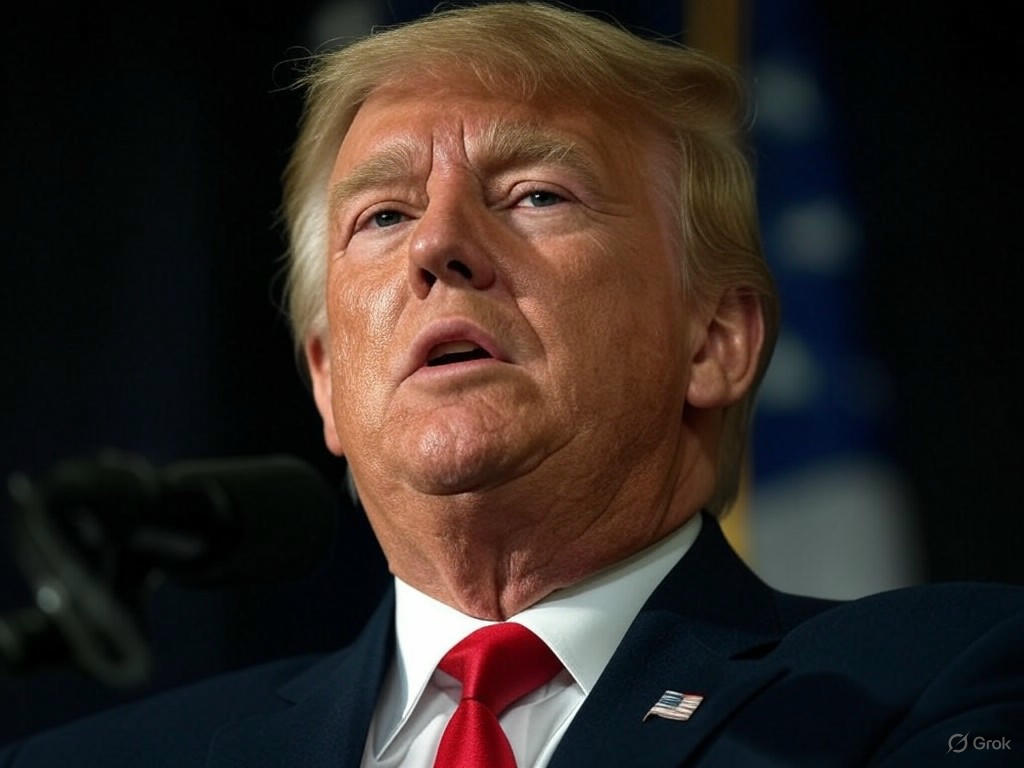In a striking development within the political and economic spheres, Ohio businessman and Senate hopeful Bernie Moreno has emerged as a key player in the ongoing clash between MAGA-aligned figures and Federal Reserve Chair Jerome Powell. Moreno, known for his staunch conservative views and unapologetic support for former President Donald Trump’s policies, has recently voiced sharp criticism of Powell’s leadership, accusing the Fed of overreaching its mandate and stifling economic growth through questionable monetary policies. His entry into this high-stakes debate signals a broadening of the ideological war that has simmered for years between populist conservatives and the central banking establishment.
Moreno’s critique centers on what he describes as a lack of transparency and accountability at the Federal Reserve. He argues that Powell’s decisions, particularly on interest rates and inflation control, have disproportionately harmed small businesses and working-class Americans—core constituencies of the MAGA movement. In a recent public statement, Moreno challenged the logic behind the Fed’s approach, calling it a self-serving cycle of justifications that fails to address the real struggles of everyday people. His words echo a growing sentiment among some conservative circles that the Fed operates with an elitist mindset, disconnected from the economic realities on Main Street. By aligning himself with this narrative, Moreno is not only amplifying the concerns of his political base but also positioning himself as a champion of reform in a potential Senate role.
This development is more than just political posturing; it reflects a deeper tension over who controls America’s economic destiny. The Federal Reserve, traditionally insulated from partisan battles, has increasingly found itself in the crosshairs of populist movements on both the right and left. Moreno’s involvement adds a new dimension to this struggle, as he brings a business owner’s perspective to the table, claiming firsthand experience with the fallout of Fed policies. His critique raises valid questions about whether the central bank’s current framework truly serves the broader public or prioritizes Wall Street interests. As the 2026 Senate race in Ohio heats up, Moreno’s stance could resonate with voters frustrated by economic uncertainty and eager for a shake-up in Washington.
Looking ahead, Moreno’s campaign against Powell’s leadership may inspire other conservative candidates to take up the mantle, potentially turning the Federal Reserve into a lightning rod issue in upcoming elections. While it remains unclear whether this rhetoric will translate into tangible policy changes, the growing chorus of dissent underscores a pivotal moment for the Fed’s role in American governance. Moreno’s bold entry into this fray is a reminder that economic policy is not just about numbers and projections—it’s about people, power, and the future of the nation. As this battle unfolds, one thing is certain: the fight over the Federal Reserve’s direction is far from over, and figures like Moreno are determined to keep the pressure on.
